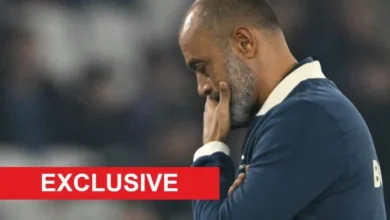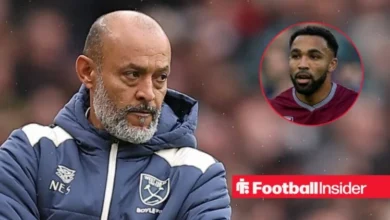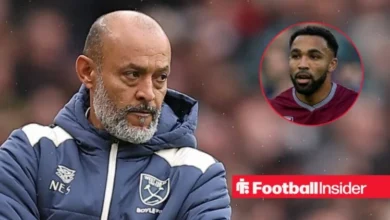“West Ham’s SHOCKING Mega-Move: Desperate Bid to Snag ‘GOD-TIER’ £42M South American SUPERSTAR Will Leave You Speechless!”
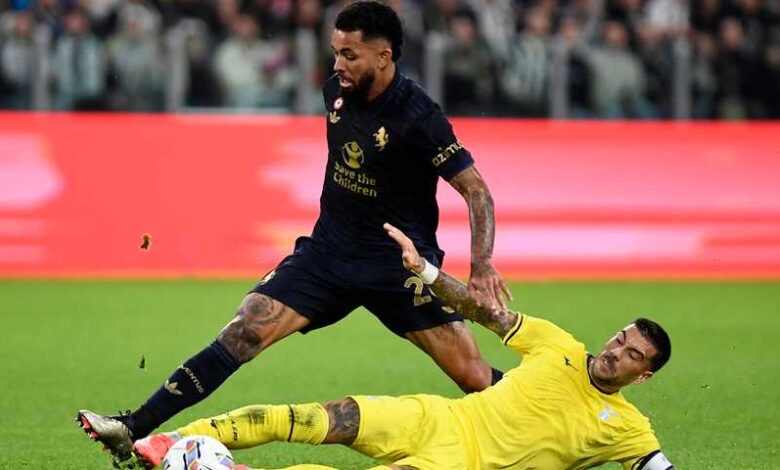
West Ham United have reportedly made a move to sign a “world-class” talent who is eager to return to the Premier League this summer, according to a new report.
Kudus’ Future in Doubt
Mohammed Kudus has been a standout performer for West Ham over the past two seasons, racking up 65 Premier League appearances.
However, his future at the London Stadium now appears uncertain, and a summer exit is becoming increasingly likely.
Should Kudus depart, manager Graham Potter may be tasked with replacing the influential Ghanaian.
In addition to that, Potter is also prioritising the signing of a new central midfielder, having already assessed a number of potential targets.
One younger option is Reitz, who caught attention with his performances at the U21 European Championships. But a more experienced name has now emerged on West Ham’s radar.
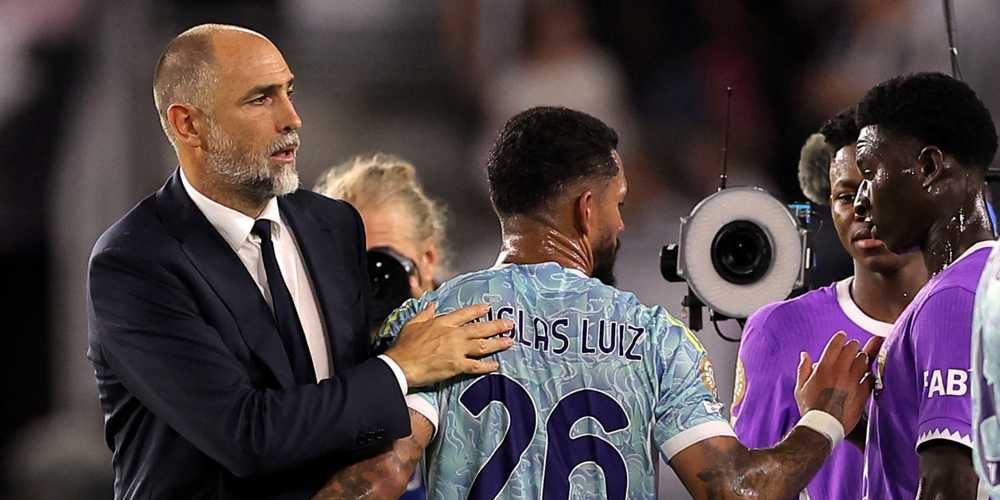
West Ham Move for Douglas Luiz
According to The Boot Room, West Ham have made contact over a possible deal for Juventus midfielder Douglas Luiz.
However, they could face stiff competition from several Premier League clubs, including Manchester United, Everton, Fulham, Nottingham Forest, and Tottenham Hotspur.
Luiz, who left Aston Villa for Juventus in a £42m move last summer, has struggled to find form in Serie A.
The 26-year-old is now determined to return to England, believing that regular Premier League action could boost his chances of making Brazil’s squad for the 2026 World Cup.
A Potential Transfer Coup
Despite a tough season in Italy, Luiz’s performances during his time at Aston Villa earned him high praise, with former teammate John McGinn even describing him as “world-class.”
His quality in both attacking and defensive phases was evident, including a standout assist for Ollie Watkins in European competition.
If West Ham manage to secure the Brazilian’s signature, it could prove to be a major boost for Potter’s side.
Luiz would bring top-level experience and midfield dynamism—qualities that could help the Irons push for European qualification rather than battling relegation in the upcoming campaign.

